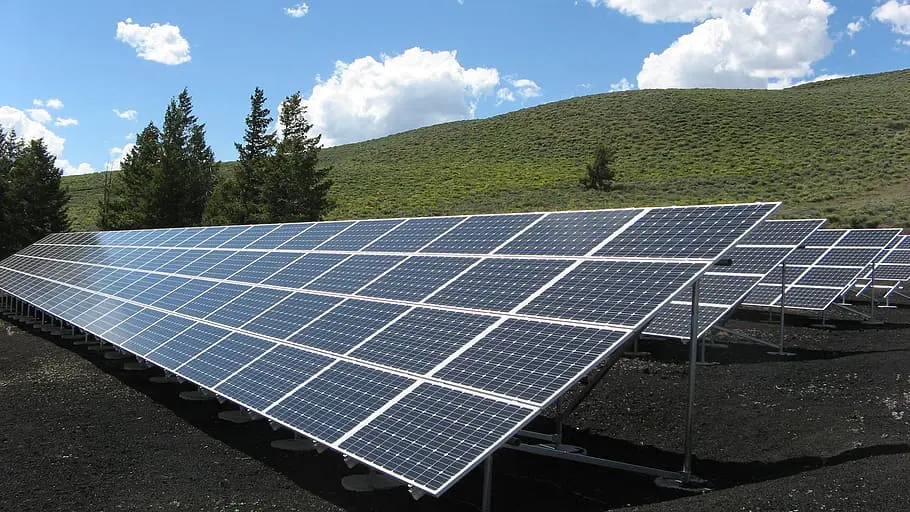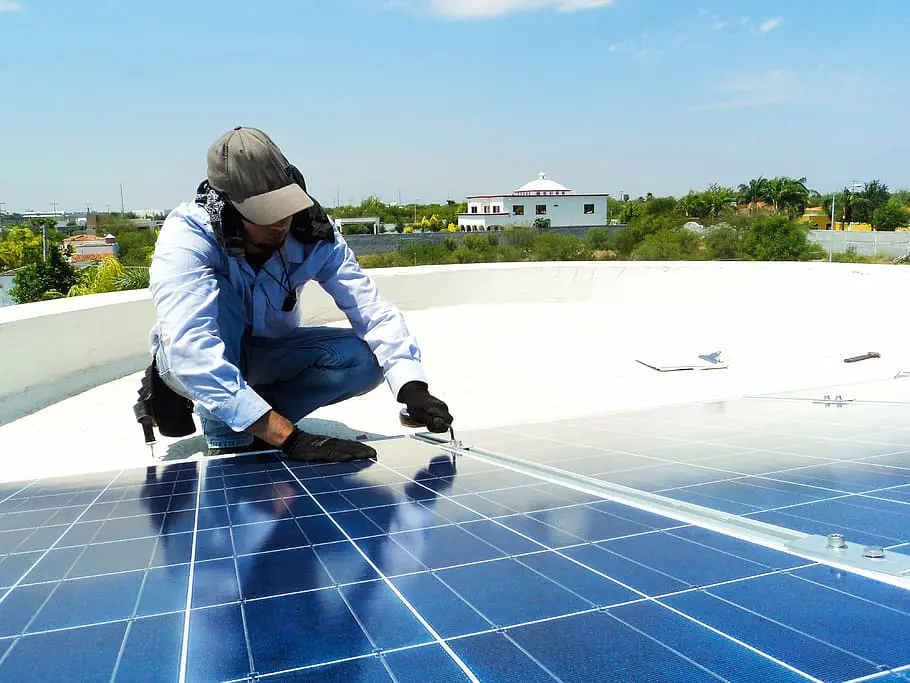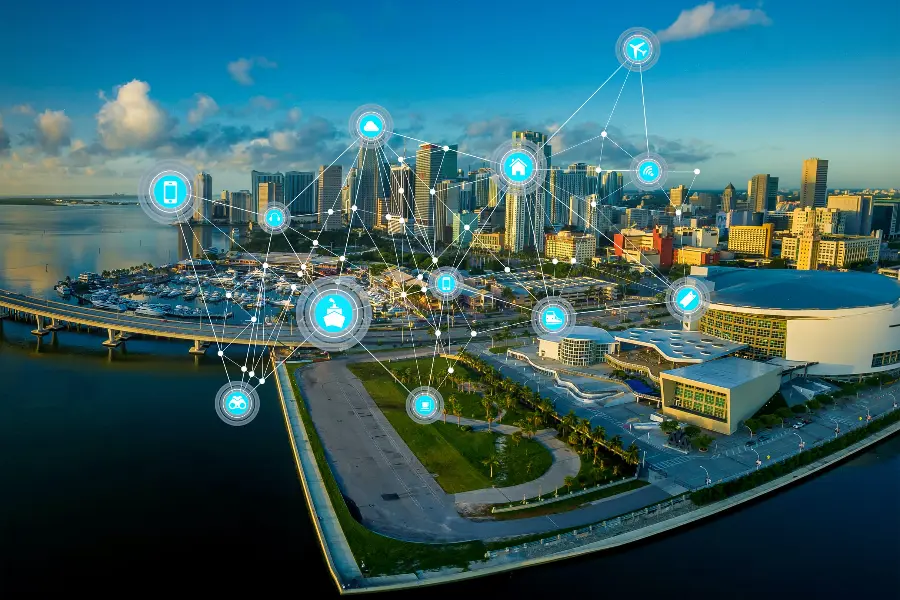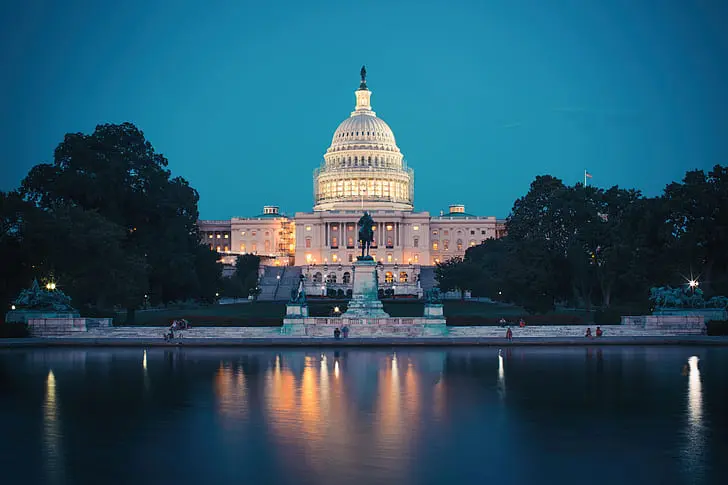
Ever wondered how can the government encourage renewable energy? Dive into our article to explore policies, incentives, and strategies that make a difference!
Government can encourage renewable energy by implementing favorable policies, offering tax credits and incentives, funding research and development, launching public awareness campaigns, and fostering collaborations with the private sector and communities.
How can the government encourage renewable energy?
Have you ever paused to think about how can government encourage renewable energy?
It’s a question on many minds as we face global environmental challenges.
Join us as we delve into the myriad of ways governments are paving the path for a greener future.
Renewable Energy and the Government’s Role

The transition to renewable energy is not just an environmental imperative but also an economic one.
Governments play a pivotal role in this shift, setting the tone for national energy strategies.
Importance of Renewable Energy
Renewable energy sources, like solar and wind, are crucial for a sustainable future.
They reduce our carbon footprint, decrease pollution, and offer a more resilient energy grid.
The Government’s Role in Promoting Renewable Energy
Governments can be catalysts for change. Through policies, incentives, and public awareness campaigns, they can drive the adoption of renewable energy on a large scale.
Raising Awareness for Renewable Energy
Public perception and awareness are foundational for the adoption of any new technology or initiative.
The same holds true for renewable energy.
Importance of Public Awareness
An informed public is more likely to support and adopt renewable energy solutions.
Awareness drives acceptance and accelerates change.
Government Campaigns and Initiatives
Governments can launch campaigns highlighting the benefits of renewable energy, showcasing success stories, and debunking myths.
Collaborations with NGOs and the Private Sector
Partnerships can amplify the message. NGOs and private companies bring expertise and resources that can make awareness campaigns more effective.
Government Strategies to Promote Sustainability

Sustainability, often seen as a buzzword, is in reality a crucial framework that addresses the delicate balance between current needs and the well-being of future generations.
With the planet facing unprecedented challenges, governments worldwide are stepping up, crafting strategies that touch every facet of society.
Sustainable Development Goals (SDGs)
The United Nations, in a bid to address global challenges, laid out 17 Sustainable Development Goals.
These goals, ranging from eradicating poverty to combating climate change, serve as a universal call to action.
Governments, by aligning their policies with these SDGs, are not only committing to a better future for their citizens but also playing a part in a global movement.
Key among these goals are:
Clean Energy:
Transitioning to renewable sources, reducing dependency on fossil fuels, and innovating in energy storage and distribution.
Sustainable Cities:

Creating urban spaces that are resource-efficient, pollution-free, and offer a high quality of life.
Responsible Consumption:
Encouraging industries and consumers alike to reduce waste, recycle more, and make sustainable choices.
Green Building and Infrastructure:
As urbanization continues at a rapid pace, the way we design our buildings and infrastructure plays a significant role in sustainability. Governments are:
Setting Standards:
Introducing green building codes and certifications that prioritize energy efficiency, water conservation, and sustainable materials.
Incentivizing Green Construction:
Offering tax breaks, grants, or expedited permits for projects that meet or exceed green standards.
Promoting Sustainable Transportation
The transportation sector is a major contributor to global emissions. To combat this, governments are:
• Electrifying Public Transport: Investing in electric buses, trams, and trains to reduce the carbon footprint of daily commutes.
• Building Infrastructure for Non-motorized Transport: Expanding bike lanes, pedestrian zones, and green pathways to encourage walking and cycling.
• Incentivizing Electric Vehicles: Offering tax rebates, charging infrastructure, and other incentives to make electric vehicles an attractive choice for consumers.
By weaving sustainability into the fabric of governance, countries are not only ensuring a better quality of life for their citizens but also contributing to a global effort to protect our planet.
Government Funding for Renewable Energy
Financial incentives can be a game-changer. They can make renewable energy projects more viable and attractive for investors and consumers alike.
Federal Tax Credits and Incentives

Tax breaks and credits can significantly reduce the cost of renewable energy installations, making them more accessible to the masses.
State-specific Incentives
Each state has unique energy needs and resources. Tailored incentives can drive adoption where it’s most needed.
Grants and Loans for Renewable Projects
Direct financial support can kickstart renewable projects, especially in areas that are just beginning their renewable journey.
Research and Development Funding
Innovation is key. Funding R&D can lead to breakthroughs that make renewable energy even more efficient and cost-effective.
Role of Local Governments in Promoting Renewable Energy
Local governments are closer to the people. They can implement policies that resonate with local needs and conditions.
Benefits of Renewable Energy for Local Governments
Local governments can save money, reduce pollution, and create jobs by adopting renewable energy.
Implementing On-site Renewable Energy Projects
Local projects, like community solar gardens, can provide clean energy directly to residents.
Tools and Resources for Local Governments
There are numerous tools and resources available that can guide local governments in their renewable energy journey.
US Government’s Actions on Renewable Energy
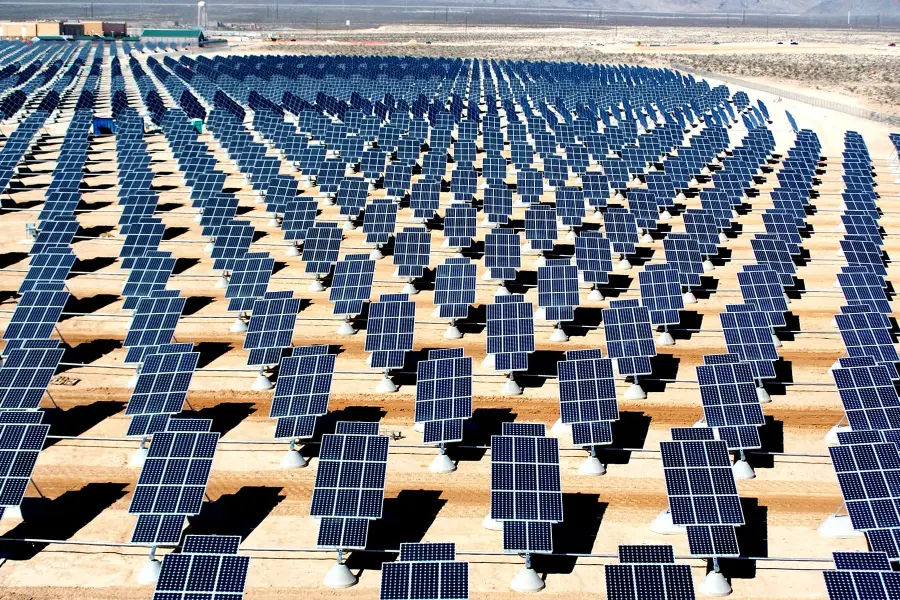
The US government has been active in promoting renewable energy, recognizing its importance for the nation’s future.
From setting ambitious targets to fostering innovation, the government’s approach has been multifaceted.
Biden-Harris Administration’s Clean Energy Initiatives
The Biden-Harris administration has been vocal about its commitment to clean energy.
They’ve set ambitious goals, aiming to achieve a carbon-free power sector by 2035.
This involves ramping up investments in renewable energy infrastructure, research, and development, ensuring the US remains at the forefront of the global clean energy transition.
Advancements in Offshore Wind Energy
The US coastline offers vast potential for offshore wind energy. The government has recognized this and is actively promoting offshore wind projects.
By providing incentives and removing bureaucratic hurdles, they aim to tap into this potential, which can power millions of homes with clean energy.
Fast-tracking Clean Energy Onshore
Onshore renewable projects, particularly wind and solar, have seen significant growth.
The government is further expediting this by streamlining approval processes, making it easier for projects to get off the ground.
This not only boosts renewable energy production but also drives down costs for consumers.
Building Clean Transmission Lines
As the saying goes, “It’s not just about generating power; it’s about getting it to the people.”
Infrastructure plays a pivotal role in this. The government is investing in building transmission lines that can efficiently carry clean energy from where it’s generated to where it’s needed, ensuring minimal energy loss.
Delivering Benefits to Communities Across the Country
The ripple effects of renewable energy adoption are vast. Communities across the US are reaping the benefits.
From the creation of green jobs to reduced pollution levels, the shift to renewables is bringing about tangible improvements in people’s lives.
The government’s role is to ensure these benefits reach every corner of the nation, from bustling cities to remote rural areas.
FAQs: Navigating the Renewable Energy Landscape

As the momentum for renewable energy grows, so do the questions about its adoption, benefits, and the role of governments.
We’ve compiled a list of frequently asked questions to shed light on these topics and help you navigate the ever-evolving landscape of renewable energy.
Whether you’re curious about policies, incentives, or the broader implications of green energy, we’ve got you covered.
Q: How does the government support renewable energy?
A: The government supports renewable energy through various means, including tax credits, grants, research funding, and public awareness campaigns.
Q: How can the government encourage homeowners to begin using a renewable source of energy?
A: Homeowners can be incentivized through tax breaks, rebates, and information campaigns that highlight the benefits and cost savings of renewable energy.
Q: How can we raise awareness for renewable energy?
A: Awareness can be raised through public campaigns, educational programs, partnerships with NGOs, and showcasing success stories.
Q: What strategies does the government use to promote sustainability?
A: The government promotes sustainability through policies, green building standards, sustainable transportation initiatives, and adherence to global sustainable development goals.
Q: Does the government fund renewable energy?
A: Yes, the government provides funding through tax credits, grants, loans, and research and development initiatives.
Q: What specific actions does the government take for renewable energy?
A: The government takes various actions, including setting renewable energy targets, streamlining project approvals, and launching public awareness campaigns.
Q: What is the US government’s current stance and actions on renewable energy?
A: The US government is actively promoting renewable energy, with the goal to significantly increase the share of renewables in the energy mix by 2030.
Conclusion: The Path Forward for Renewable Energy and Government’s Role
 The transition to renewable energy is an essential step towards a sustainable future.
The transition to renewable energy is an essential step towards a sustainable future.
As we’ve explored, governments play a crucial role in this journey, shaping policies, providing incentives, and raising awareness.
Their actions can accelerate the adoption of clean energy, bringing benefits to the environment, economy, and society.
The Synergy of Public and Private Efforts
While governments lay the groundwork with policies and incentives, it’s the collaboration with private sectors, communities, and individuals that truly drives change.
This synergy can lead to innovative solutions, increased investments, and a faster transition to a renewable energy landscape.
The Global Implication of Renewable Energy Adoption
The push for renewable energy isn’t just a national endeavor; it’s a global one.
As countries around the world adopt and promote clean energy, we move closer to addressing global challenges like climate change.
Governments, by leading the charge, not only set an example for their citizens but also inspire other nations to take decisive action.

